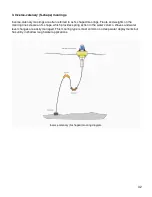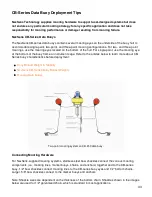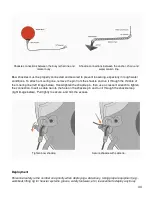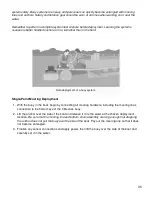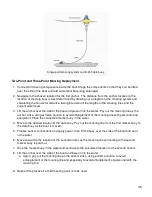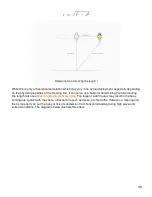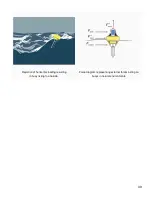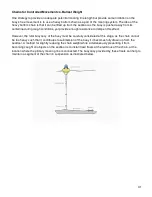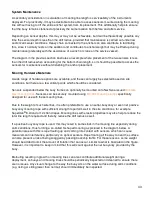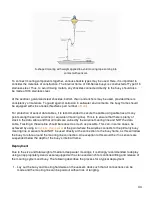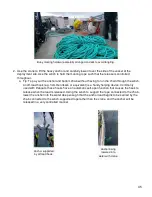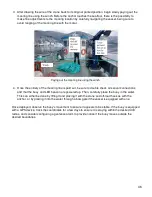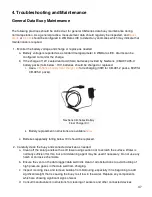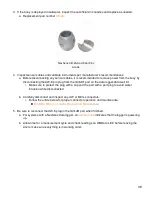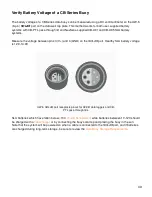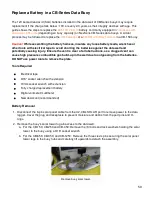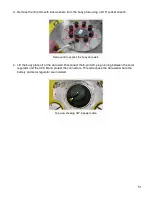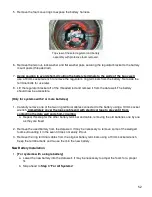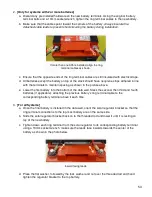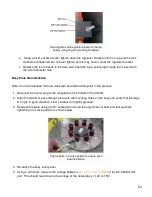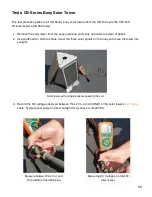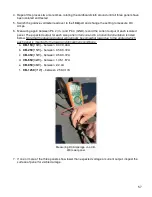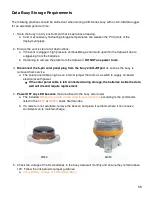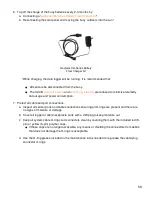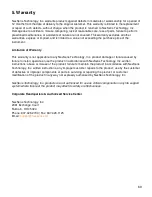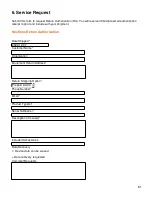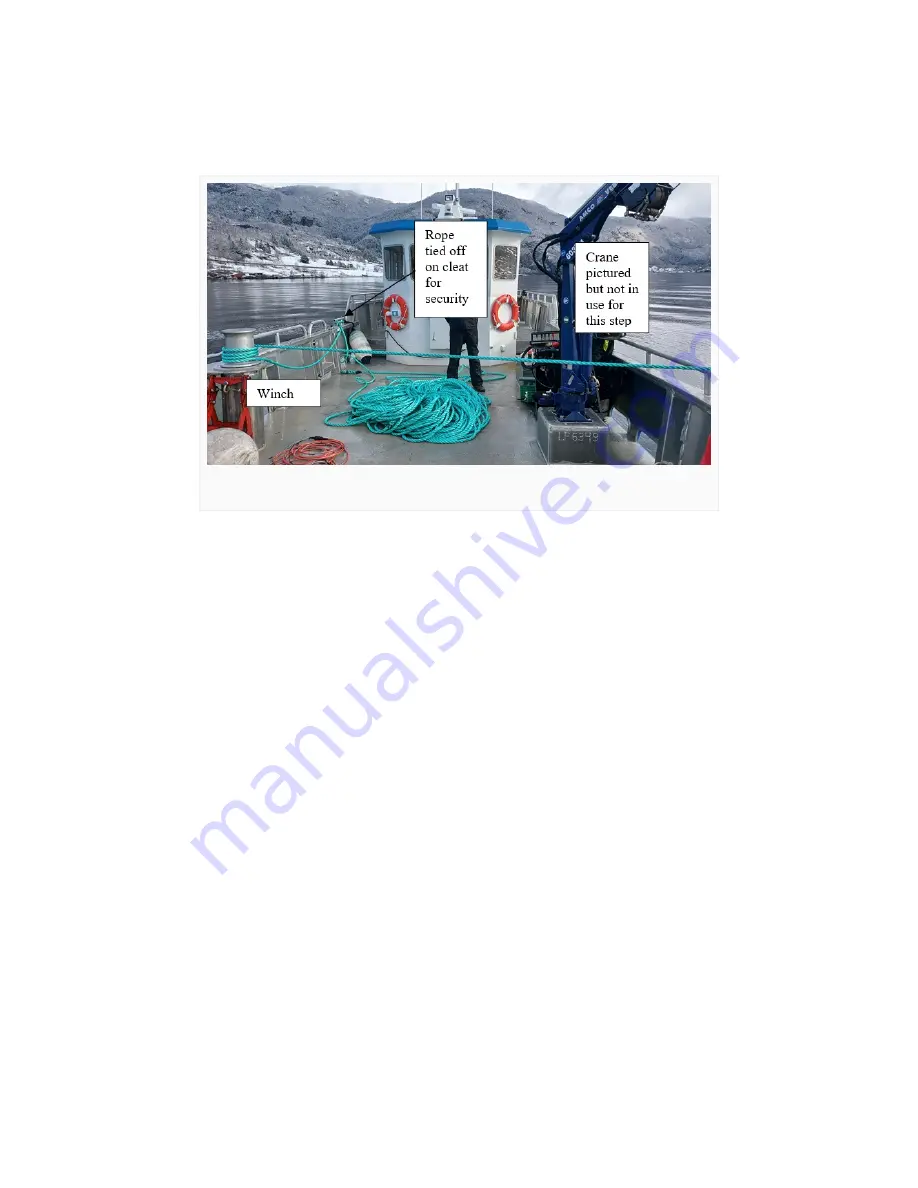
3. After drawing the wire of the crane back to its original parked position, begin slowly paying out the
mooring line using the winch. Before the anchor touches the seafloor, there is the possibility to
make fine adjustments to the mooring location by carefully navigating the vessel, being sure to
avoid tangling of the mooring line with the motor.
4. Once the entirety of the mooring line is paid out, be sure to double check all sensor connections
and that the buoy and LED beacon are powered up. Then, carefully place the buoy in the water.
This can either be done by lifting it and placing it with the crane and off-load hook as with the
anchor, or by placing it into the water through a bow gate if the vessel is equipped with one.
Once deployed, observe the buoy’s movement to ensure it appears to be stable. If the buoy is equipped
with a GPS device, track the coordinates for a few days to ensure it is staying within the desired drift
radius, and consider configuring a geofence alarm to provide notice if the buoy moves outside the
desired boundaries.
Paying out the mooring line using the winch.
46
Summary of Contents for CB-450
Page 42: ...42 ...

